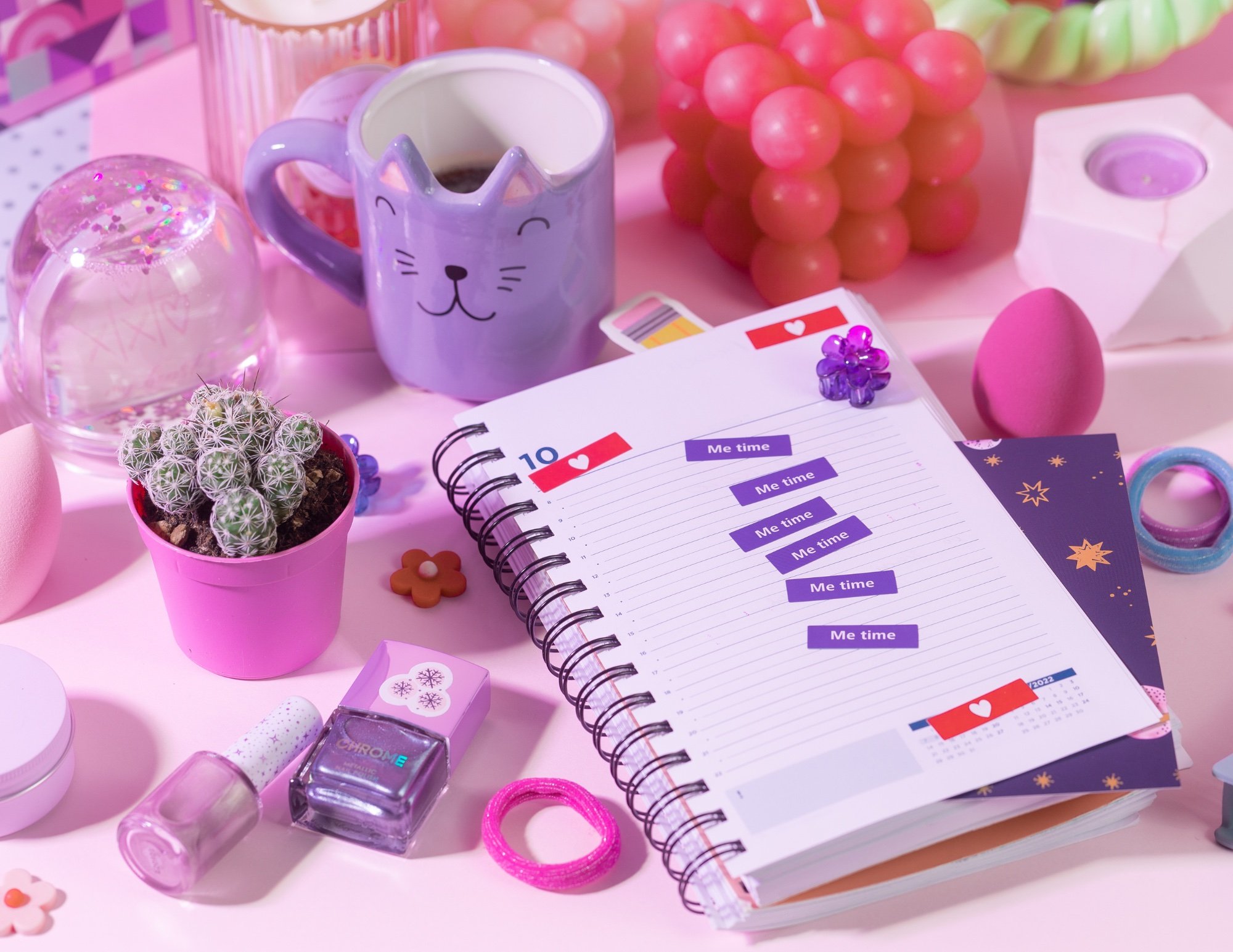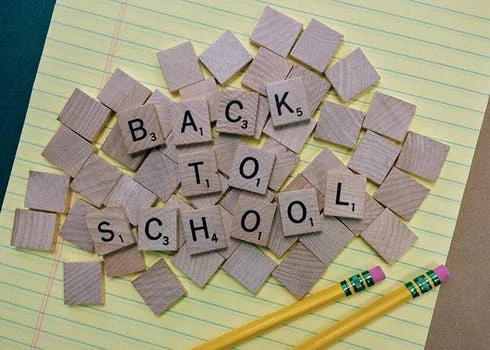Has your family’s morning routine become a race to get out the door? With a consistent, peaceful morning routine, you can help ensure that your kids get to school on time and that they are prepared for their day mentally, physically and emotionally. Here are some tips and tricks you can try with your kids to help them start their day off right!
Prepare the Night Before
If your mornings tend to feel rushed, try creating a ‘night before’ organization checklist to tackle some of the to-dos before the busy morning even arrives. Some items your children can accomplish the evening before include: putting their homework and belongings into their backpack, packing their lunch, filling their water bottle and picking out their outfit. Not only does this allow your children to check items off their morning list, but it also reduces the stress of having so many morning to-dos.
Let a Little Light In
Building appropriate sleep and waking habits are instrumental to your kids’ wellbeing. With a good night’s sleep and sunlight cues, your children might wake naturally without the use of an alarm clock. This synchronizes the body’s biological clock and increases immunity and mood. Since it’s not always possible to wake with the morning sun, there are also really cool electronic tools, such as Hatch, that can illuminate a mock sunrise and even play peaceful morning sounds, like chimes or birds.
Set Clear Expectations
In particular for little ones, it is beneficial to create a morning routine checklist to set clear expectations for your children. This checklist can be hung in a central area of your home, like on the refrigerator in the kitchen, and can incorporate the use of choice items, such as stickers or dry erase markers. The list should be clear and concise, yet the level of detail can vary depending on your kids’ age and degree of independence. Younger kids frequently enjoy charts with visual cues. Older kids tend to do fine with a simpler format. It generally works best not to allow the use of electronics during the block of time before school so that your kids can stay focused on the tasks at hand.
Practice What You Preach
In order for your children to learn good habits, it is imperative that you, as the parent, model the behaviors you wish to see from them. Hopping out of bed, getting dressed and brushing your hair and teeth are behaviors your kids will expect to see from you before they follow suit. Sitting down for a balanced breakfast, whether it be a quick protein smoothie or a more elaborate oatmeal bar, is another important routine to have as a family. Kids look to their parents as role models, even when it comes to building their morning time management skills.
Use Fun Weekly Rewards
Offering your kids a weekly reward for leaving for school on time five days in a row might be just the extrinsic motivation your kids need while they are developing their good habits. Providing them the opportunity to earn a Friday afternoon hot cocoa or ice cream treat is a great way to increase their buy-in. You can keep a simple sticker chart in your vehicle for tracking and motivation purposes!
Written by Krista G.










